Applied Computing
Unit 1

Overview
This unit will teach you three skills that can be invaluable in many workplaces:
- A way of understanding the requirements of users and of presenting your proposed solution.
- Using spreadsheets and databases to store and retrieve data.
- Writing computer programs
This unit is suitable for:
- A student who is interested in developing skills in using spreadsheets and databases as a preparation for part-time work in office environments such as medical clinics.
- A student who wants to know more about “data analytics”, a very “hot topic” at the movement
- A student who wants an introduction to computer programming, another “hot topic”, in an environment that does not assume much mathematical knowledge.
Download > VCE Applied Computing Study Design
Unit Assessment
A collection of tasks will be submitted, where you will demonstrate that you can:
- Follow the problem-solving methodology
- Manipulate data in a spreadsheet
- Retrieve data from a database
- Create data visualisations (charts)
- Write simple computer programs
Pathways
This unit prepares you for Units 3, 4 Data Analytics.
Data Analytics
Unit 3+4
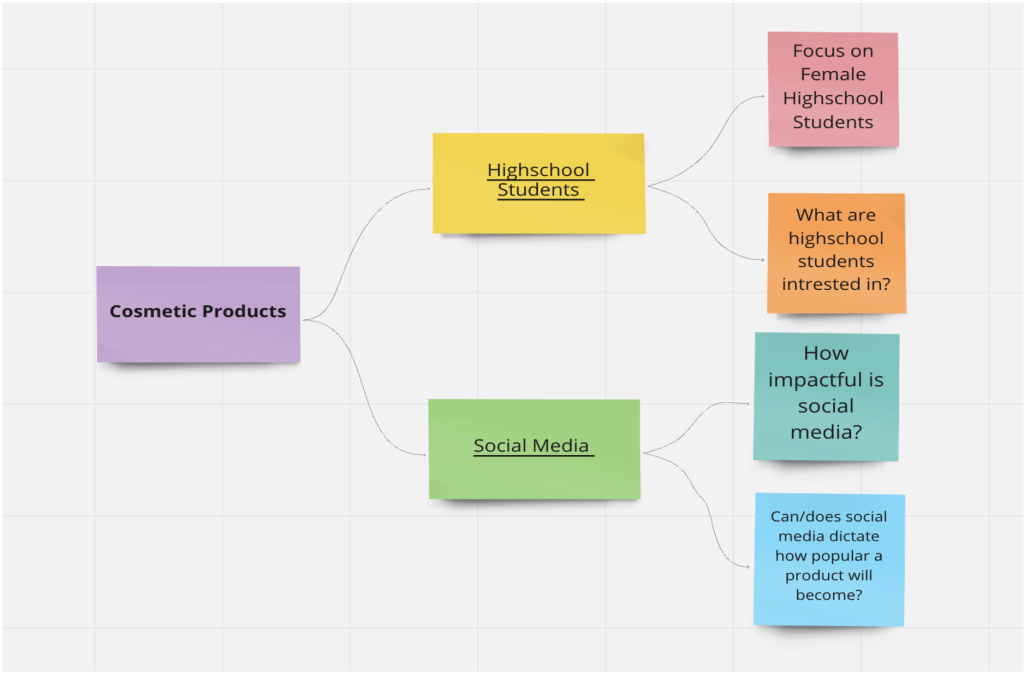
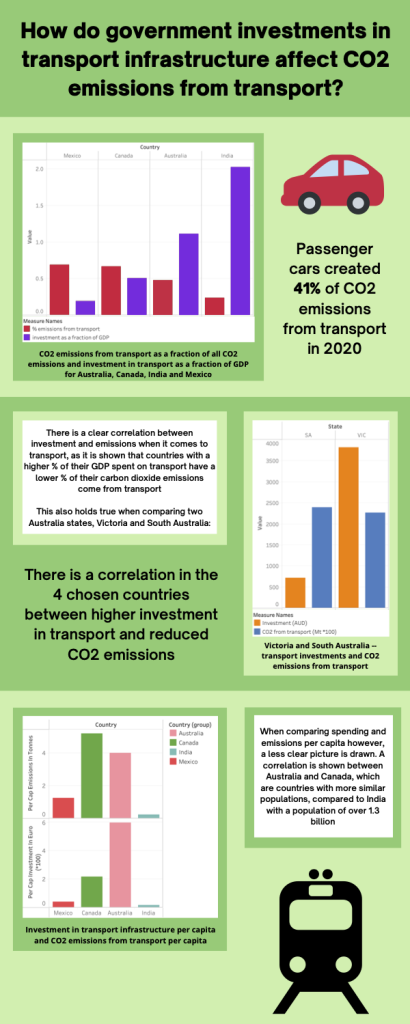
Overview
Data, data everywhere!
Whether your goal is to trace the spread of a virus, understand employment trends or argue that providing shelter for the homeless is good public policy, data is your friend. Knowing how to retrieve data from the web and analyse it has become an important skill in the 21st century workforce. New job titles have been created, like data analyst, data scientist and data journalist. Online training and university courses in data analytics are now all the rage.
Download > VCE Applied Computing Study Design
Unit Assessment
The tasks you will complete will involve:
- Ask your own question such as:
-
- How does social media influence the purchase of cosmetic products?
- How did Covid-19 affect the online shopping habits of Australians?
-
- Gather your own own data
- Find large data sets available on the Internet
- Analyse the data and present it using visual tools
- Understand how organisations can keep their data safe from hackers
Pathways
Data analysis is now applicable to courses and jobs in:
- Social sciences: Sociology, psychology etc.
- Health policy and physiology
- Experimental sciences, especially Genetics and Physics
- Information Technology
Food Studies
Unit 1+2
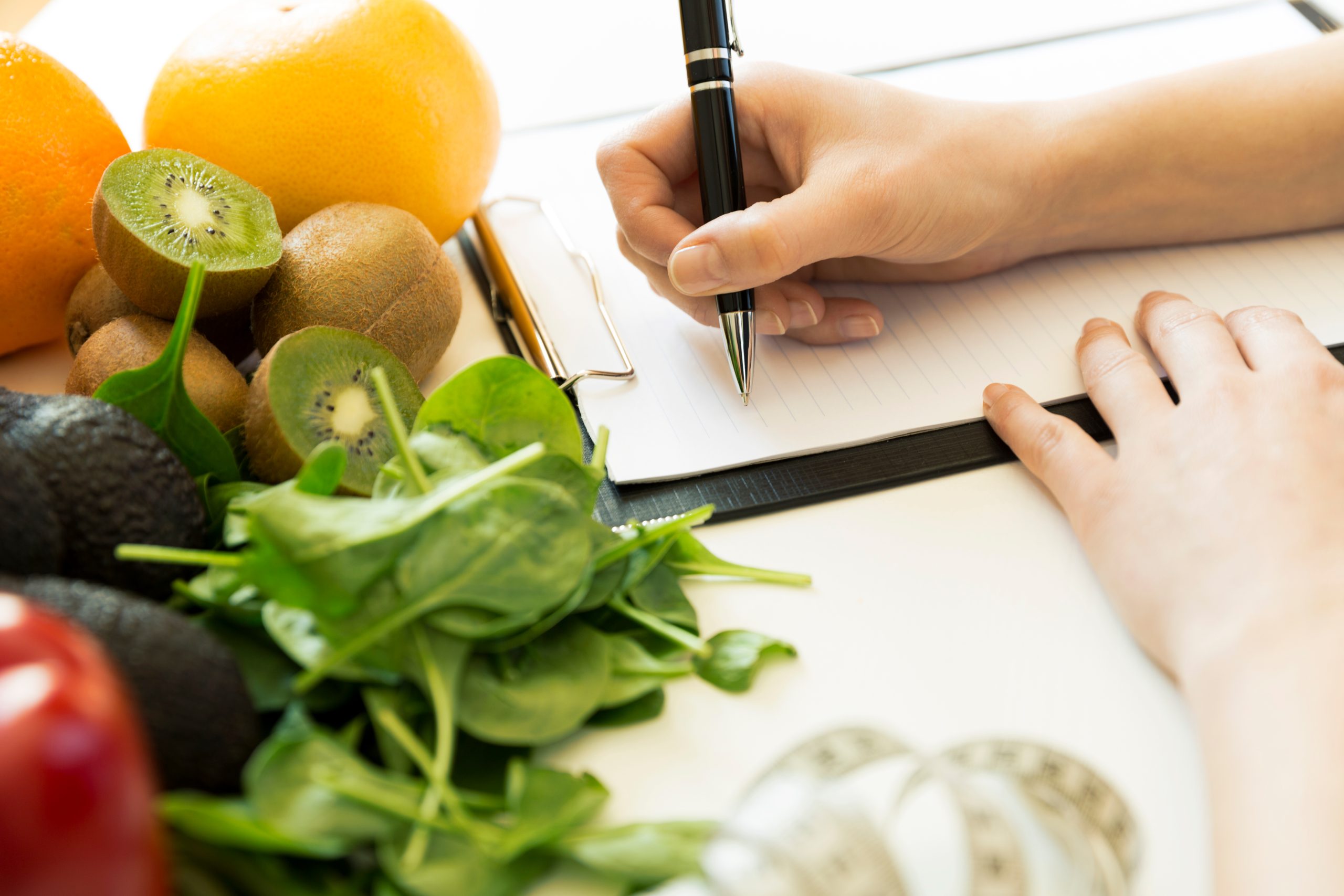
OverviewUnit 1 | Food origins
In this unit students focus on food from historical and cultural perspectives, and investigate the origins and roles of food through time and across the world. In Area of Study 1 students explore how humans have historically sourced their food, examining the general progression from hunter-gatherer to rural-based agriculture, to today’s urban living and global trade in food. Students consider the origins and significance of food through inquiry into one particular food-producing region of the world.
In Area of Study 2 students focus on Australia. They look at Australian indigenous food prior to European settlement and how food patterns have changed since, particularly through the influence of food production, processing and manufacturing industries and immigration. Students investigate cuisines that are part of Australia’s culinary identity today and reflect on the concept of an Australian cuisine.
Areas of Study
- Food around the world
- Food in Australia
Unit 2 | Food makers
In this unit students investigate food systems in contemporary Australia. Area of Study 1 focuses on commercial food production industries, while Area of Study 2 looks at food production in domestic and small-scale settings, as both a comparison and complement to commercial production. Students gain insight into the significance of food industries to the Australian economy and investigate the capacity of industry to provide safe, high-quality food that meets the needs of consumers.
Students use practical skills and knowledge to produce foods and consider a range of evaluation measures to compare their foods to commercial products. They consider the effective provision and preparation of food in the home, and analyse the benefits and challenges of developing and using practical food skills in daily life. In demonstrating their practical skills, students design new food products and adapt recipes to suit particular needs and circumstances. They consider the possible extension of their role as small-scale food producers by exploring potential entrepreneurial opportunities.
Areas of Study
- Australia’s food systems
- Food in the home
Unit Prerequisites
N/A
VCE Study Design
Download the VCE Food Studies Study Design
Unit Assessment
Assessment tasks for this unit are selected from the following:
- a reflection on three practical activities and two records of practical activities that use ingredients found in earlier cultures.
- a reflection on three practical activities and two records of practical activities that use ingredients indigenous to Australia and/or ingredients introduced through migration.
- an oral presentation: face-to-face or recorded as a video or podcast.
- a practical demonstration: face-to-face or recorded as a video or podcast.
- a short written report: research inquiry or historical timeline.
- design and produce a practical food solution in response to an opportunity or a need in the food industry or school community.
- design and produce a practical food solution in response to an opportunity or a need in a domestic or small-scale setting.
Food Studies
Unit 3+4
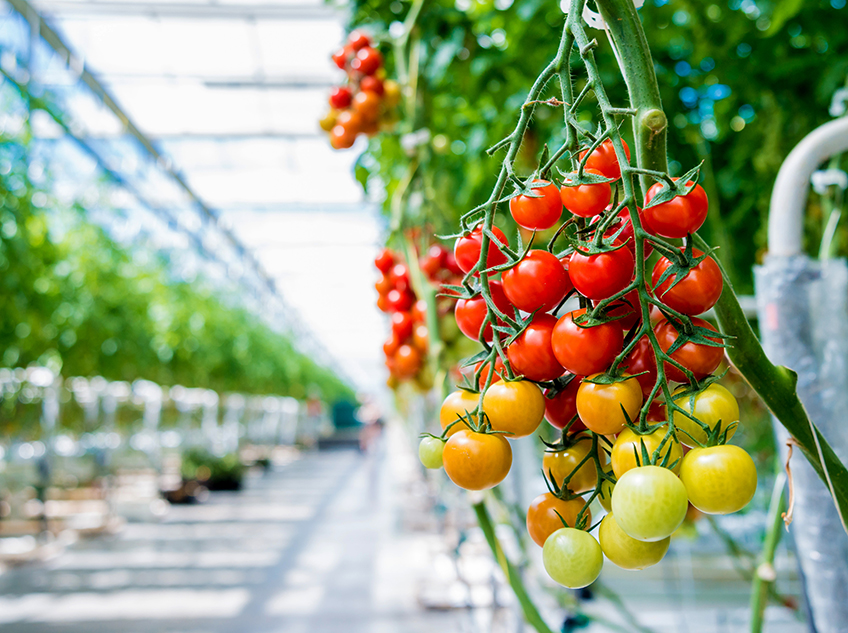
Unit 3 | Food in Daily Life
In this unit students investigate the many roles and everyday influences of food. Area of Study 1 explores the science of food: our physical need for it and how it nourishes and sometimes harms our bodies. Students investigate the science of food appreciation, the physiology of eating and digestion, and the role of diet on gut health. They analyse the scientific evidence, including nutritional rationale, behind the healthy eating recommendations of the Australian Dietary Guidelines and the Australian Guide to Healthy Eating (see www.eatforhealth.gov.au), and develop their understanding of diverse nutrient requirements.
Area of Study 2 focuses on influences on food choices: how communities, families and individuals change their eating patterns over time and how our food values and behaviours develop within social environments. Students inquire into the role of food in shaping and expressing identity and connectedness, and the ways in which food information can be filtered and manipulated. They investigate behavioural principles that assist in the establishment of lifelong, healthy dietary patterns.
Practical activities enable students to understand how to plan and prepare food to cater for various dietary needs through the production of everyday food that facilitates the establishment of nutritious and sustainable meal patterns.
Areas of Study
- The science of food
- Food choices, health and wellbeing
Unit 4 | Food makers
In this unit students examine debates about Australia’s food systems as part of the global food systems and describe key issues relating to the challenge of adequately feeding a rising world population.
In Area of Study 1 students focus on individual responses to food information and misinformation and the development of food knowledge, skills and habits to empower consumers to make discerning food choices. They also consider the relationship between food security, food sovereignty and food citizenship. Students consider how to assess information and draw evidence-based conclusions, and apply this methodology to navigate contemporary food fads, trends and diets. They practise and improve their food selection skills by interpreting food labels and analysing the marketing terms used on food packaging.
In Area of Study 2 students focus on issues about the environment, climate, ecology, ethics, farming practices, including the use and management of water and land, the development and application of innovations and technologies, and the challenges of food security, food sovereignty, food safety and food wastage. They research a selected topic, seeking clarity on current situations and points of view, considering solutions and analysing work undertaken to solve problems and support sustainable futures. The focus of this unit is on food issues, challenges and futures in Australia.
Practical activities provide students with opportunities to apply their responses to environmental and ethical food issues, reflect on healthy eating recommendations of the Australian Dietary Guidelines and the Australian Guide to Healthy Eating, and consider how food selections and food choices can optimise human and planetary health.
Areas of Study
- Navigating food information
- Environment and ethics
Unit Prerequisites
N/A
VCE Study Design
Download the VCE Food Studies Study Design
Unit Assessment
Assessment tasks for this unit are selected from the following:
- a reflection on three practical activities and two records of practical activities related to nutritious foods to examine specific dietary needs
- an annotated visual report
- an oral presentation: face-to-face or recorded as a video or podcast
- a practical demonstration: face-to-face or recorded as a video or podcast
- a short-written report: data analysis, media analysis, research inquiry or case study analysis.
- a reflection on three practical activities and two records of practical activities related to healthy meals for children and families to evaluate factors influencing food choices
- a reflection on three practical activities and two records of practical activities related to healthy food choices based on the recommendations of the Australian Dietary Guidelines
- a research inquiry report that includes a selected food-related topic based on three practical activities, explanation of concerns related to ethics, sustainability and/or food sovereignty, analysis of work being done to solve problems and support solutions, and a conclusion outlining major findings and suggested set of practical guidelines for food consumers.
Product Design & Technologies
Unit 1

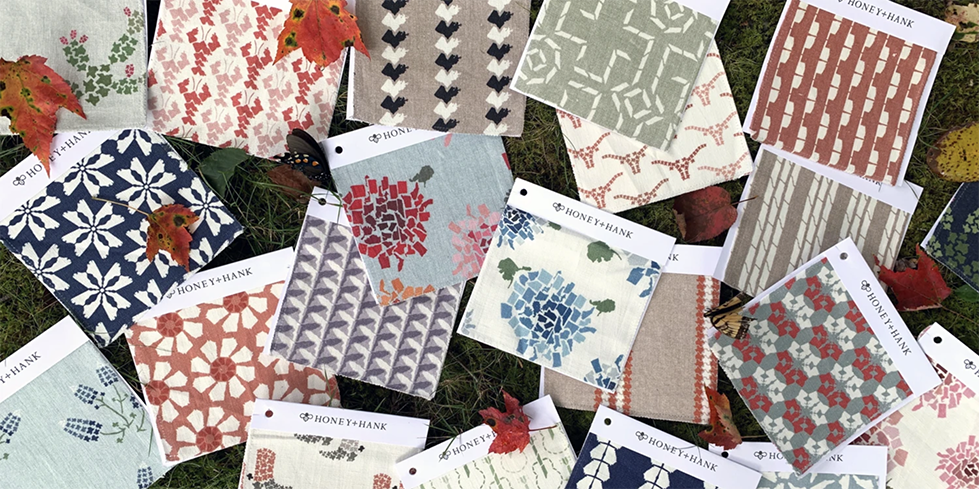
Design Practices
In this unit, students analyse and evaluate existing products and current technological innovations in product design. They achieve this through understanding the importance of a design brief, learning about factors that influence design, and using the Double Diamond design approach as a framework.
Students explore and test materials, tools and processes available to them in order to work technologically, and they practise safe skill development when creating an innovative product. This is achieved through the development of graphical product concepts and the use of prototypes to explore and propose physical product concepts.
Unit Prerequisites
N/A
Areas of Study
- Developing and conceptualising designs
- Generating, designing and producing
Download > VCE Product Design & Technology Study Design
Unit Assessment
- Folio of observational and visualisation drawings
- Final presentations created using manual and digital methods
- Case Study supported by Written notes and/or visual materials
- Examination
Pathways
Graphic Design, Architecture, Landscape Architecture, Product Design, Industrial Design, Interior Design.
Product Design & Technologies
Unit 2
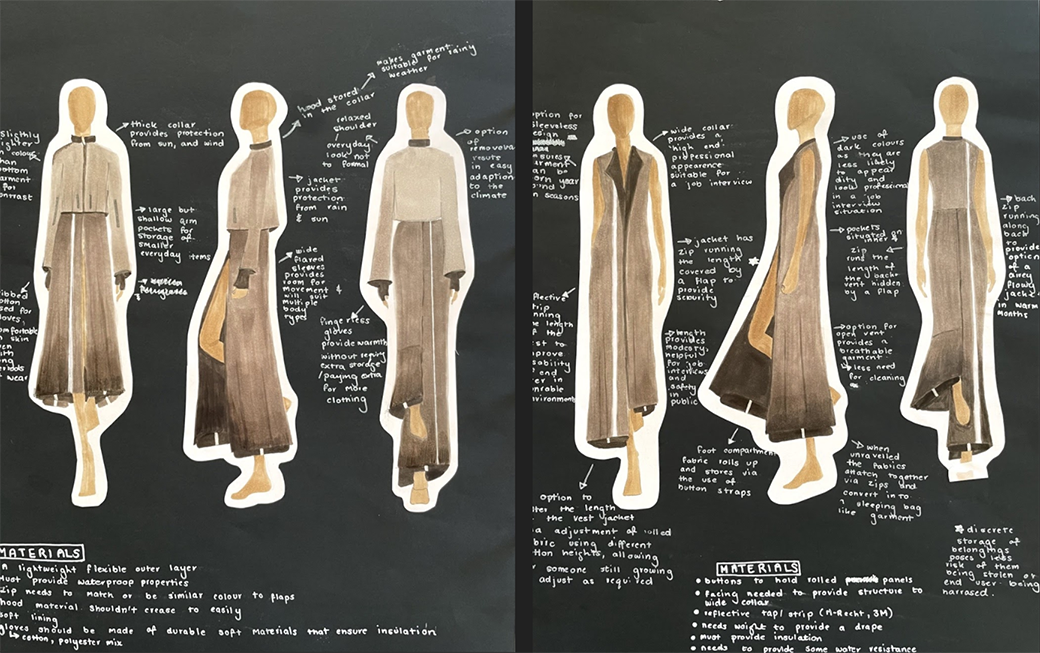
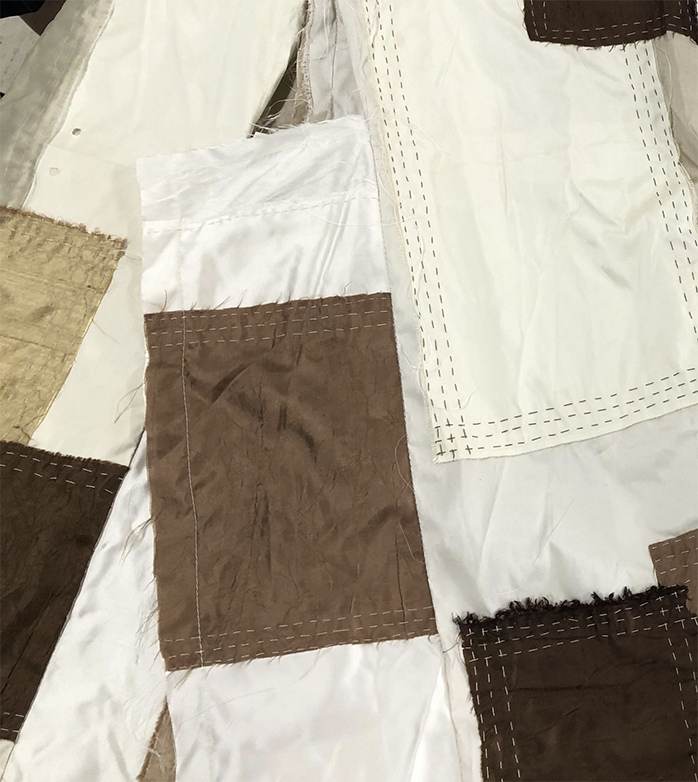
Positive impacts for end users
In this unit, students specifically examine social and/or physical influences on design. They formulate a profile of an end user(s), research and explore the specific needs or opportunities of the end user(s) and make an inclusive product that has a positive impact on belonging, access, usability and/or equity.
Students also explore cultural influences on design. They develop an awareness of how Aboriginal and Torres Strait Islander peoples design and produce products, how sustainable design practices care for Country, and how traditions and culture are acknowledged in contemporary designs. Students also have opportunities to make connections to personal or other cultural heritages.
Unit Prerequisites
N/A
Areas of Study
- Opportunities for positive impacts for end users
- Designing for positive impacts for end users
- Cultural influences on design
Download > VCE Product Design & Technology Study Design
Unit Assessment
- Design – a design folio that contains a design brief, evaluation criteria, research, visualisations and design options, working drawings, scheduled production plan, and evaluation report
- Production & Journal – product and records of production and modifications
- Evaluation and Oral Report – an evaluation report on the finished product and an oral report as a team supported by notes
- Examination
Product Design & Technologies
Unit 3


Ethical Product Design and Development
In this unit students research a real personal, local or global need or opportunity with explicit links to ethical considerations. They conduct research to generate product concepts and a final proof of concept for a product solution that addresses the need(s) or opportunities of the end user(s).
Students plan to develop an ethical product through a problem-based design approach, starting with a need or opportunity and using a design process and testing to problem-solve. The design brief, product concepts and the final proof of concept are developed through the Double Diamond design approach, using design thinking. Students undertake the role of a designer to generate, analyse and critique product concepts, with the chosen product concept becoming the final proof of concept.
Prerequisites
N/A
Areas of Study
- Influences on design, development and production of products
- Investigating opportunities for ethical design and production
- Developing a final proof of concept for ethical production.
- Students will critique examples of ethical product design and innovation within industrial settings.
- Students will investigate a need or opportunity that relates to ethics and formulate a design brief, conduct research to analyse current market needs or opportunities and propose, evaluate and critique graphical product concepts.
- Students will be able to evaluate product concepts related to ethical design, synthesise and apply feedback to justify a final proof of concept, and plan to make the product safely.
Download > VCE Product Design & Technology Study Design
Unit Assessment
- Outcome 1 SAC contributes 10% total assessment.
- Outcome 2 SAT U3 + Outcome 3 SAT U3 + Outcome 1 SAT U4 contributes 50% final SAT score.
Product Design & Technologies
Unit 4

Production and Evaluation of Ethical Designs
In this unit students continue to work as designers throughout the production process. They observe safe work practices in their chosen design specialisations by refining their production skills using a range of materials, tools and processes.
Students collect, analyse, interpret and present data, use ethical research methods and engage with end user(s) to gain feedback and apply their research and findings to the production of their designed solution. Students also focus on how speculative design thinking can encourage research, product development and entrepreneurial activity through the investigation and analysis of examples of current, emerging and future technologies and market trends.
Prerequisites
N/A
Areas of Study
- Managing production for ethical designs
- Evaluation and speculative design
Download > VCE Product Design & Technology Study Design
Unit Assessment
- Outcome 1 SAT Contribute to Unit 3 SAT Assessment to 50%
- Outcome 2 SAC contributes 10% total assessment
- School-assessed Task for Units 3 and 4 contributes 50%.
- Exam 30%
On completion of this unit, students will be able to use data to evaluate a range of products, including making judgments about the success of each product, and discuss product designs in regard to entrepreneurial activity, innovation, sustainability and/or other ethical considerations.
Students will also implement a scheduled production plan, using a range of materials, tools and processes and managing time and other resources effectively and efficiently to safely make the product designed in Unit 3.

